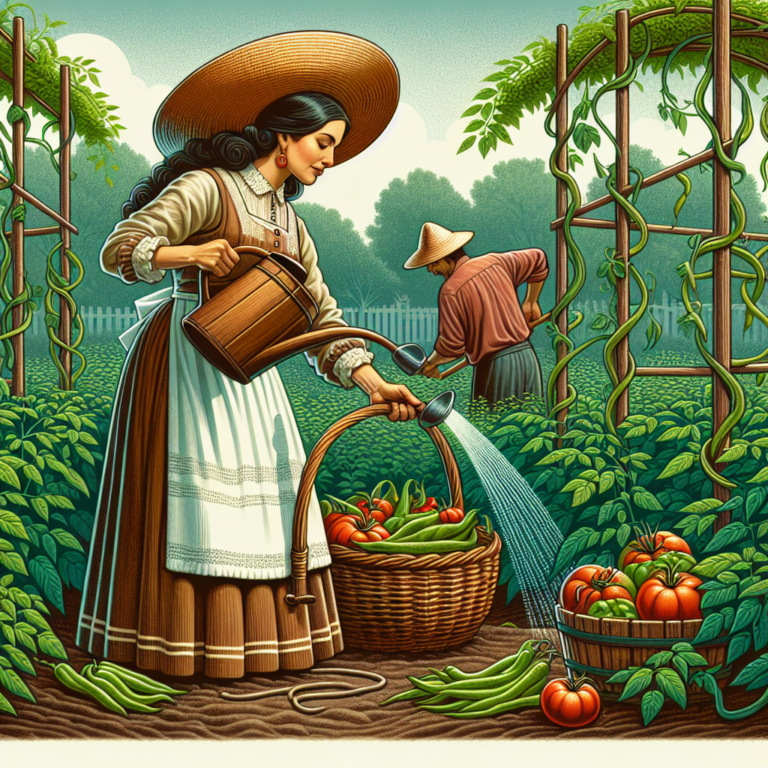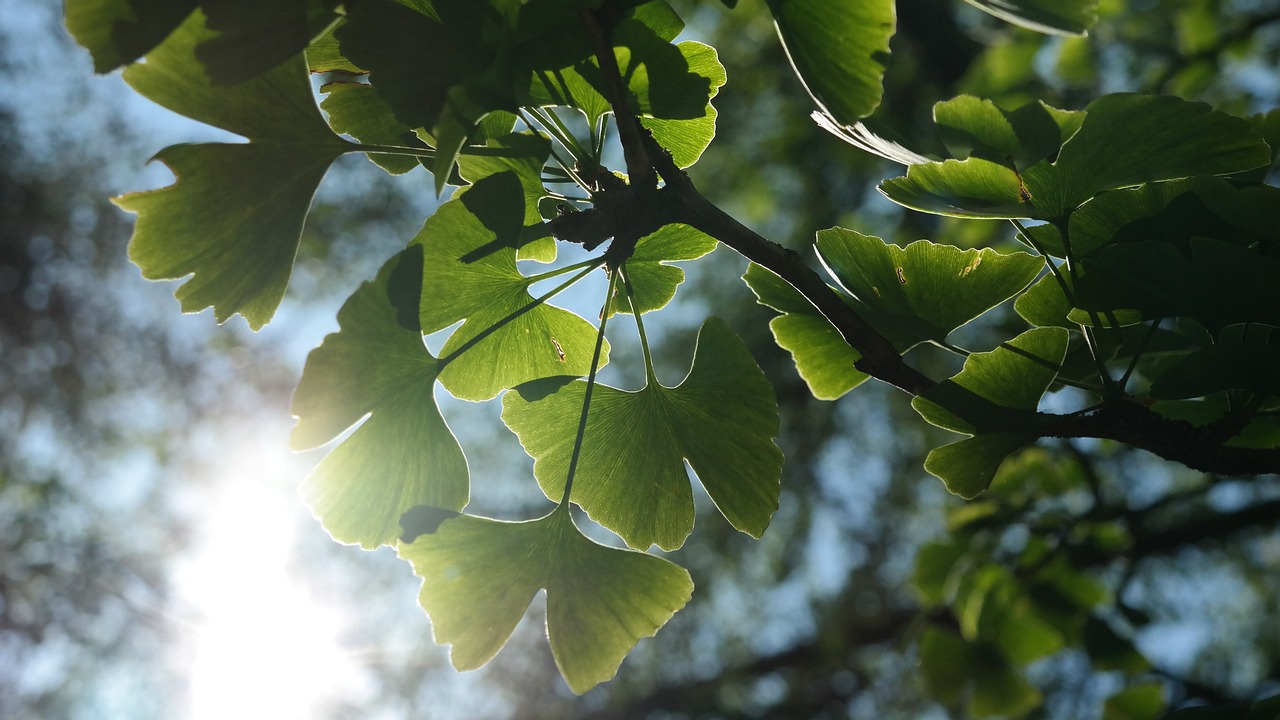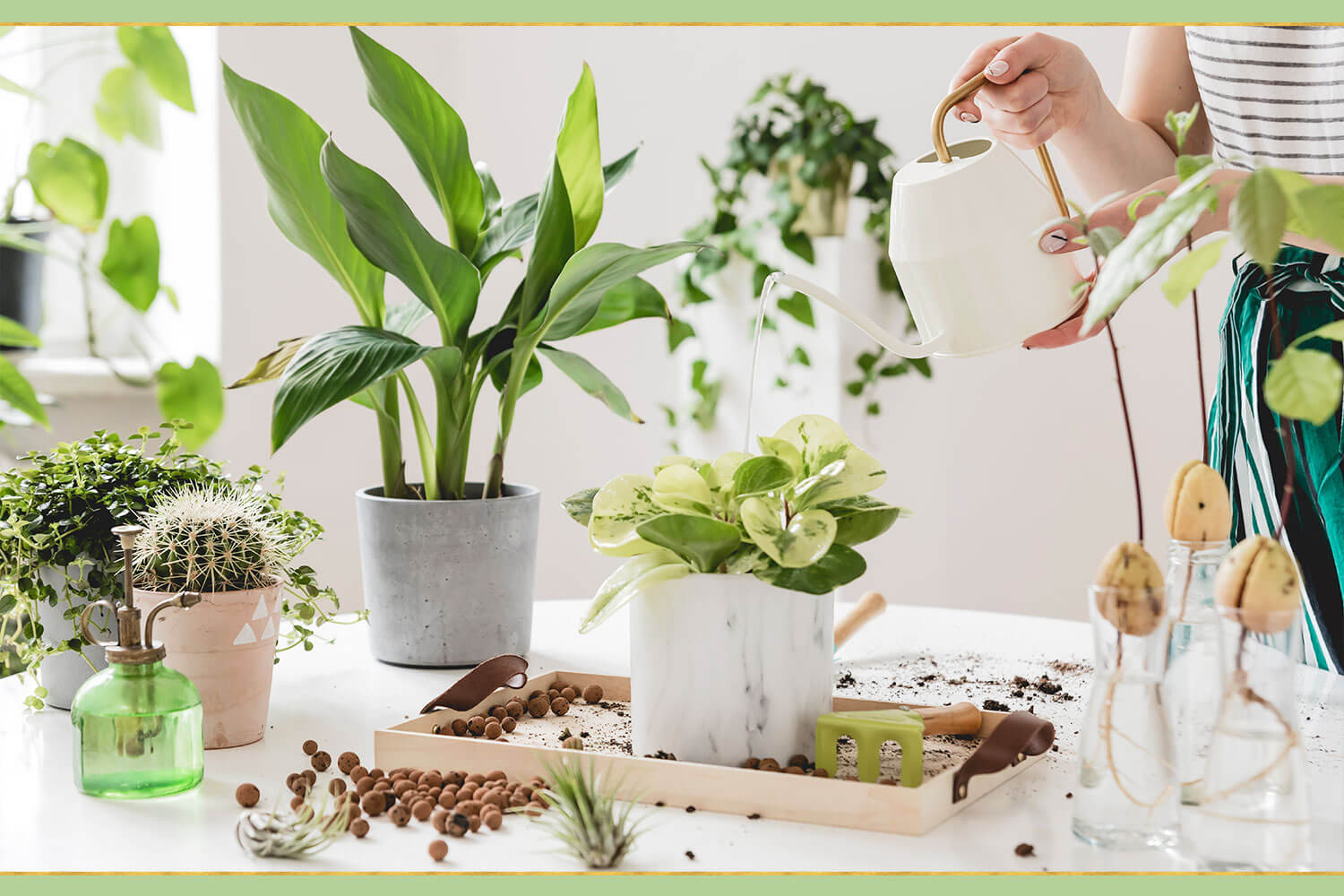In the realm of botanical nurturing, traditional plant care methods have stood the test of time, offering a treasure trove of wisdom for the modern plant enthusiast. Rooted in simplicity and symbiosis with nature, these methods teach us how to maintain our green companions effectively, using time-honored techniques and herbal solutions. Let’s delve into the world of traditional plant care and uncover the myriad of benefits it holds for your verdant friends.
Embracing the Old-School: Why Go Traditional?
In an age where technology infiltrates every aspect of life, there’s something profoundly grounding about embracing the simplicity of traditional plant care. These methods often require minimal resources, connect us with the cycles of nature, and encourage a mindful approach to tending to our plants. By understanding the nuances of our plant’s needs, we can foster a nurturing environment that promotes robust growth and longevity.
Economic and Environmental Perks
One of the most compelling reasons to adopt traditional plant care techniques is their cost-effectiveness. Many of these methods involve using readily available materials, like compost, which can be made from kitchen scraps and yard waste. By composting, we reduce our contribution to landfills and create a rich, organic matter that plants love, without spending extra money on commercial fertilizers.
Furthermore, traditional practices minimize reliance on synthetic chemicals, which not only benefits your wallet but also the environment. Using natural pest deterrents and fertilizers keeps harmful substances out of our ecosystems, safeguarding soil health and local wildlife.
Healthier Plants and People
Plants cared for with traditional methods tend to be healthier and more resilient. The use of herbal solutions and organic matter allows plants to develop stronger immune systems, making them less susceptible to diseases and pests.
For us humans, tending to plants in this way can be therapeutic, offering a peaceful escape from the hustle and bustle of modern life. The act of nurturing another living thing with your hands can be incredibly satisfying and has been shown to reduce stress and promote mental well-being.
The Magic of Composting
At the heart of traditional plant care is composting—an ancient practice that transforms organic waste into a nutrient-rich soil amendment. Composting provides a myriad of benefits for both the plants and the planet.
The Nutrient Cycle
Compost is teeming with essential nutrients that plants require for growth. As compost breaks down, it releases nitrogen, phosphorus, potassium, and a host of micronutrients into the soil, which plants can readily absorb. This natural process creates a sustainable nutrient cycle, eliminating the need for chemical fertilizers.
Soil Structure and Moisture Retention
In addition to providing nutrients, compost improves soil structure. It increases the soil’s ability to retain water, making it more drought-resistant. This means less frequent watering and a lower water bill—a win for both the environment and your pocketbook.
Herbal Solutions: Nature’s Pharmacy
Traditional plant care often involves turning to nature’s pharmacy—herbs. Many herbs possess properties that can enhance plant growth and protect against pests and diseases.
Natural Pest Deterrents
Herbs like lavender, mint, and basil can deter pests naturally. Planting these aromatic herbs alongside your other plants can repel insects without resorting to harmful pesticides. Additionally, certain herbal infusions can be used as foliar sprays to further protect your plants.
Growth Stimulants
Some herbs, when used in compost teas or as mulch, can stimulate plant growth. For example, nettle and comfrey are rich in nutrients and can provide an extra boost to your plants when used appropriately. These herbal solutions are easy to prepare and apply, making them an excellent addition to any plant care regimen.
Traditional Techniques That Stand the Test of Time
Crop Rotation and Companion Planting
Crop rotation and companion planting are practices that have been used for centuries to maintain soil health and ward off pests. By rotating crops, you can prevent the depletion of specific nutrients and reduce the buildup of soil-borne pathogens. Companion planting, on the other hand, involves placing certain plants together to take advantage of their natural synergies, such as pest control or pollination enhancement.
Mulching and Water Conservation
Mulching is another age-old technique that provides numerous benefits. A layer of mulch can suppress weeds, conserve soil moisture, and regulate soil temperature. When it comes to watering, traditional methods like rainwater harvesting and the use of ollas (unglazed clay pots) for slow irrigation can significantly reduce water usage.
Modern Adaptations of Traditional Plant Care
While traditional plant care methods have their roots in the past, they are far from obsolete. In fact, many modern gardeners and plant enthusiasts are adapting these techniques to suit contemporary needs.
Technology Meets Tradition
In today’s world, we have the opportunity to blend traditional methods with modern technology. For instance, smartphone apps can help us track planting schedules, while solar-powered sensors can monitor soil moisture levels. These tools can enhance our understanding of traditional techniques, making plant care more efficient and effective.
Urban Gardening and Traditional Methods
The resurgence of urban gardening is a prime example of traditional plant care finding its place in the modern landscape. City dwellers are turning to rooftop gardens, community plots, and balcony container gardens to reconnect with nature. By employing traditional methods like composting and companion planting, urban gardeners can cultivate thriving green spaces amidst the concrete jungle.
Embracing the Green Wisdom of Yore
In conclusion, traditional plant care offers a wealth of benefits that extend beyond the health of our plants. It promotes environmental stewardship, economic savings, and personal well-being. By adopting these tried-and-true methods, we can create sustainable, vibrant gardens that nourish both the earth and our souls.
As we move forward, let’s honor the green wisdom of yore, blending the best of the past with the innovations of the present, to care for our plants—and our planet—in the most nurturing way possible.








